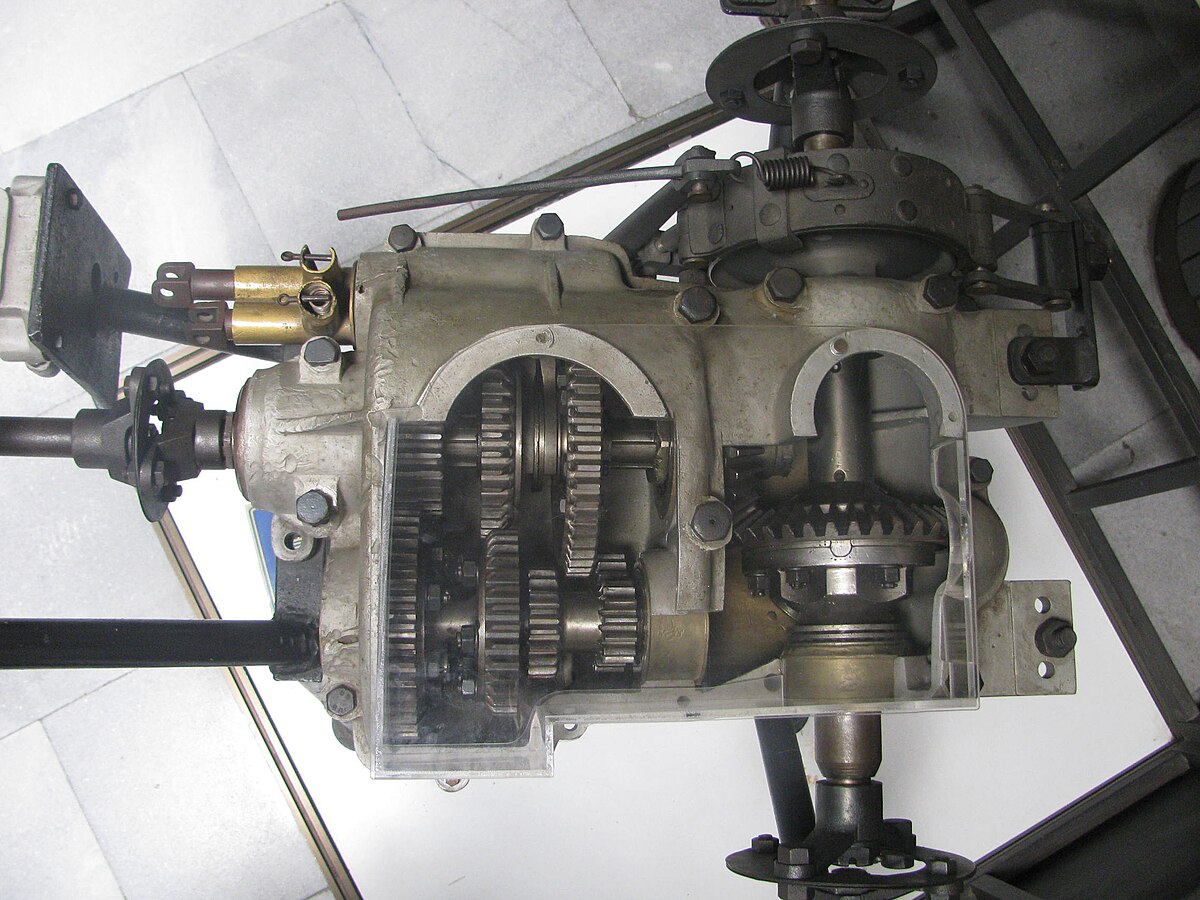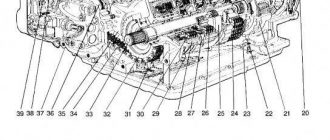Does My Car Have a Transmission or a Transaxle?
When it comes to the drivetrain of your car, the transmission and transaxle are two essential components. While they both play a crucial role in transmitting power from the engine to the wheels, they differ in their design and functionality. Understanding the distinction between a transmission and a transaxle can help you identify and address any potential issues with your vehicle’s drivetrain.
What is a Transmission?
A transmission is a mechanical device that provides a range of gear ratios to optimize engine power and efficiency. It is typically mounted directly to the engine and consists of a set of gears that are engaged and disengaged to change gears. The gears in a transmission are arranged in a specific pattern to provide different ratios of torque and speed to the wheels.
Types of Transmissions:
* Manual Transmission: Requires the driver to manually shift gears using a gearshift lever.
* Automatic Transmission: Uses a hydraulic or electronic system to shift gears automatically based on driving conditions and input from the engine.
* Continuously Variable Transmission (CVT): Provides a seamless and infinitely variable gear ratio, offering improved fuel efficiency and smoother power delivery.
What is a Transaxle?
A transaxle combines the functions of a transmission and a differential into a single unit. It is typically found in front-wheel-drive and all-wheel-drive vehicles. Unlike a transmission, which is mounted to the engine, a transaxle is mounted to the chassis of the vehicle and incorporates the differential, which allows the wheels on the same axle to rotate at different speeds when cornering.
Types of Transaxles:
* Manual Transaxle: Similar to a manual transmission, requiring driver input to shift gears.
* Automatic Transaxle: Utilizes an automatic transmission system to shift gears automatically.
* Dual Clutch Transaxle (DCT): Combines two clutches and two input shafts to provide fast and efficient gear changes.
Transmission vs. Transaxle: Key Differences
The primary difference between a transmission and a transaxle lies in their mounting position and integration with the differential.
* Mounting: A transmission is mounted directly to the engine, while a transaxle is mounted to the chassis.
* Differential: A transmission does not have a differential, whereas a transaxle incorporates the differential into its design.
* Location: Transmissions are typically found in rear-wheel-drive vehicles, while transaxles are used in front-wheel-drive and all-wheel-drive vehicles.
Determining if Your Car Has a Transmission or Transaxle
Identifying whether your car has a transmission or a transaxle can be done by considering the following factors:
* Drivetrain Layout: Front-wheel-drive and all-wheel-drive vehicles typically have transaxles, while rear-wheel-drive vehicles have transmissions.
* Shifting Mechanism: Manual transmissions require a gearshift lever for manual shifting, while automatic transmissions and transaxles have a selector lever or buttons for automatic shifting.
* Differential: If your vehicle has a differential on the axle, it most likely has a transaxle.
Conclusion
Understanding the difference between a transmission and a transaxle is essential for proper vehicle maintenance and troubleshooting. Knowing which component your car has allows you to identify and address any potential issues with the drivetrain, ensuring optimal performance and longevity for your vehicle. If you are unsure whether your car has a transmission or a transaxle, refer to your vehicle’s owner’s manual or consult with a qualified mechanic for further assistance.






